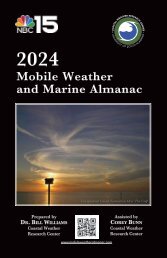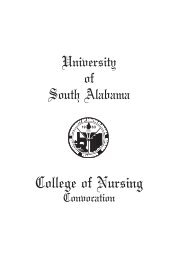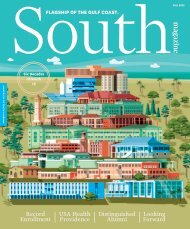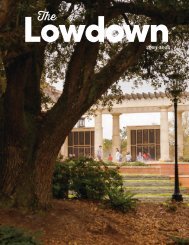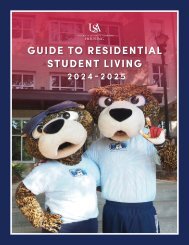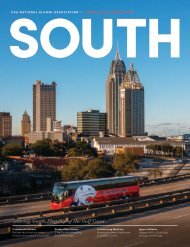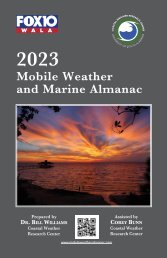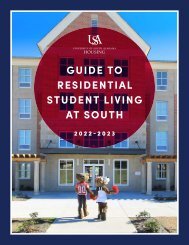JOURACA_SP_2017
You also want an ePaper? Increase the reach of your titles
YUMPU automatically turns print PDFs into web optimized ePapers that Google loves.
Age Specific Patterns in Window<br />
Mortality in Avian Populations<br />
Emma Rhodes<br />
Abstract<br />
Building collisions, especially window collisions,<br />
pose a major anthropogenic threat to<br />
birds. Mortality caused by building collisions<br />
is estimated to be between 100 million<br />
and 1 billion annually, and it is the second<br />
largest source in the U.S. for direct humancaused<br />
bird mortality. Studies have been<br />
conducted focusing on the frequency of<br />
building/window collisions in avian populations,<br />
but so far no studies have looked at<br />
the relationship between age and mortality<br />
due to the collision. The primary goal of<br />
this study is to address this question by examining<br />
available data using bird collections.<br />
Data were collected from bird specimens<br />
persevered as study skins at Louisiana<br />
Southern University. Only specimens with<br />
cause of death as window strike were used. I<br />
collected data on a total of 183 birds belonging<br />
to three genera (Cardinalis, Setophaga,<br />
and Seiurus). In order to age the birds,<br />
external morphological data were attained<br />
from the specimens as well as data on death<br />
date, location, and sex from. Morphological<br />
data were attained primarily considering the<br />
morphology of the feathers following the<br />
criteria indicated Identification Guide to<br />
North American Birds: Part 1 and Part 2 by<br />
Peter Pyle. Our results indicate that most<br />
birds' death due to window collision occurred<br />
in adults. Further study needs to consider<br />
both external morphological features<br />
Department of Biology<br />
Biology<br />
Mentor: Dr. Ylenia Chiari<br />
for a better predictor of age. The results of<br />
this study provide significant implications<br />
on how window strike mortality effects avian<br />
populations for conservation purposes.<br />
The study observed how an age-specific<br />
correlation with window strike mortality<br />
may play a role in the turnover rate of avian<br />
populations as well as on estimating the effective<br />
population size and survival.<br />
33



